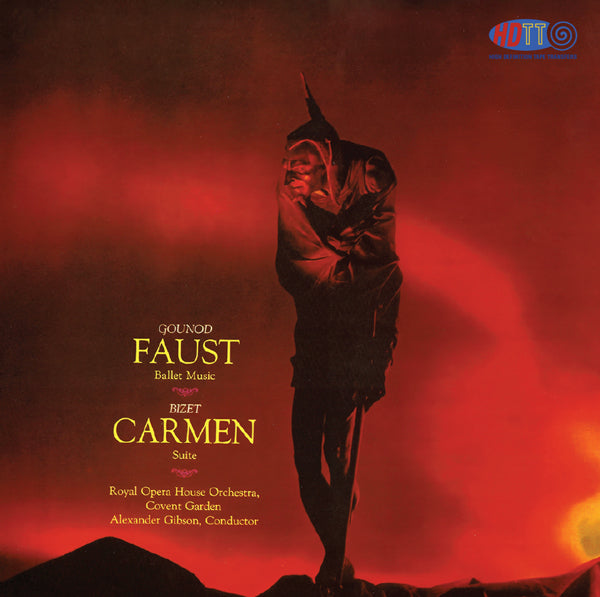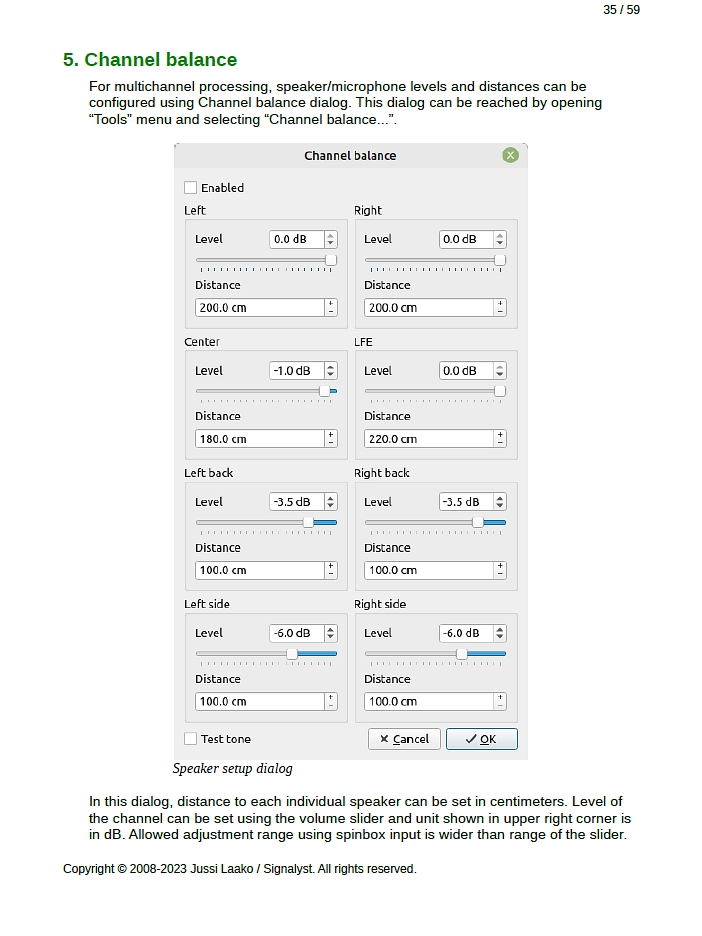An AVM 60 is up there though and I have been looking at that as an option.
I think you would be happier with the exaSound S88 for 5.1 music. The multichannel DAC in the Anthem is OK but nothing special. I only use the Anthem for movies and video, like Desertpilot, all video is streamed from an Intel Core i7-11700 computer over HDMI to the Anthem. The player is
VLC Media Player, I can control everything from my sofa with a wireless mouse. The slight drop in sound quality is never noticed because 90% of my attention is on the screen.
Music is a mix of ripped CDs, high-res downloads, DSD64 from ripped SACDs (using an Oppo), and native DSD256. The DAC is a HoloAudio May KTE because it does zero data manipulation. PCM up to 1.536MHz is untouched. DSD has it's own resistor ladder DAC. DSD is not converted to PCM before digital-analog converter, but directly by the discrete components of the DSD digital to analog converter.
I prefer the sound of DSD to PCM so all music is upsampled to DSD256 using HQPlayer and a homemade music server. I only think the Anthem is nothing special for music because I'm comparing it to the HoloAudio May. The Anthem Room Correction (ARC) DSP can correct for the tonal differences if the front and rear speakers don't match, trading a little accuracy for a more coherent, integrated sound.
I recently downloaded 4 sample tracks of the same song to hear what the heck the article in Positive Feedback was talking about. Listening for minuscule changes in the same song four times over is boring so I have only done one run through so far, but...
The song sample is in DXD 352.8KHz 32 bit and is the most dynamic recording I have (play it loud for a jump scare). It sounds really good through JRiver without any upsampling so upsampling to DSD is not always required to get fantastic sound if the recording is good to begin with. The old 16 bit/44.1kHz CD rips need all the help they can get.
What We Hear With DXD 32-bit Files (Free Sample Downloads)https://positive-feedback.com/reviews/music-reviews/what-we-hear-with-dxd-32-bit-files/
"RCA Living Presence album Gounod Faust/Bizet Carmen Suite with Alexander Gibson conducting the Royal Opera House Covent Garden Orchestra. Recorded by Kenneth Wilkinson in Kingsway Hall, this is one of the legendary recordings Wilkinson made under Decca's contract with RCA. I've known it for decades in both original LP and in a variety reissues including the excellent 4-LP 45rpm release from Classic Records. This new release from HDTT is, by the way, absolutely terrific! It comes from a 2-track 15ips tape and the clarity and dynamics are marvelous."
This release was edited in DXD PCM from a DSD256 Master then the DXD edited master was used to generate the final DSD files using Merging Technologies Album Publishing.
DXD (352.8KHz 24/32 bit PCM) is one of the best and least destructive formats for post-processing DSD-originated digital recordings
Free download: each of the four tracks are 4:35 minutes long, 24-bit and 32-bit with 3 tracks in PCM and 1 in DSD.
352.8kHz/32-bit: Track 8, "Funeral March Of A Marionette"
352.8kHz/24-bit: Track 8, "Funeral March Of A Marionette"
352.8kHz/24-bit TRUNCATED, NO DITHER: Track 8, "Funeral March Of A Marionette"
1-bit DSD256: Track 8, "Funeral March Of A Marionette"
Rushton Paul wrote:
"... I prefer the 32-bit file on our primary system with the MPD-8. But I agree with Ann's preference for the DSD256 file on her office system using a chip-based DAC (a Teac 501); the DSD256 file sounds better than the PCM files with that DAC. Does it sound as good as what we hear on our primary system? No—the primary system is far superior. Different DACs, different outcomes."
Note: the DSD256 recording was made from the DXD352.8 and is not the original, what a shame - WGH
I have been using JRiver for 10 years as a music player, I like the way it displays music too. For the last 1-1/2 years I have switched to HQPlayer, the sound is clearer. JRiver has a slight lower mid-range bump, it's not bad and makes almost all music sound better, like an amp that is a hair warmer than neutral. HQPlayer isn't clinical sounding, it just sounds truer to the source. The player has a huge library of filters and dither algorithms so the sound can be fine tuned to your preferences, there are no wrong settings. I usually go to the HQPlayer thread and check out what the developer and users recommend, the filters are always being optimized, even the state-of-the-art can be improved on. Search for HQPlayer to read my ramblings.
The reason I mention all this is the exaSound S88 has server support for HQPlayer multichannel playback. HQPlayer has an unlimited free trial too, the manual is included with the download. Looks like fun kids.
HQPlayer 5 Desktop - upsampling multichannel audio player for Linux, macOS and Windowshttps://www.signalyst.com/consumer.html